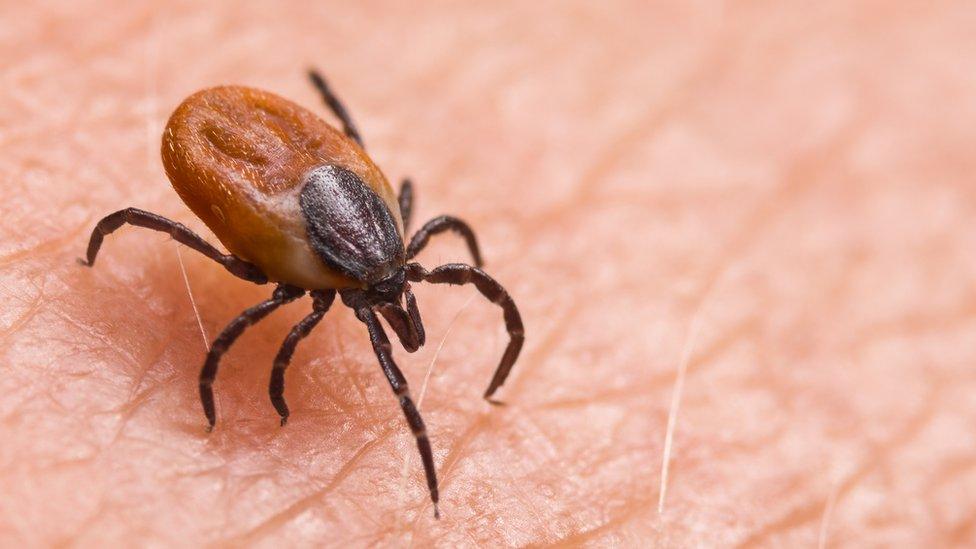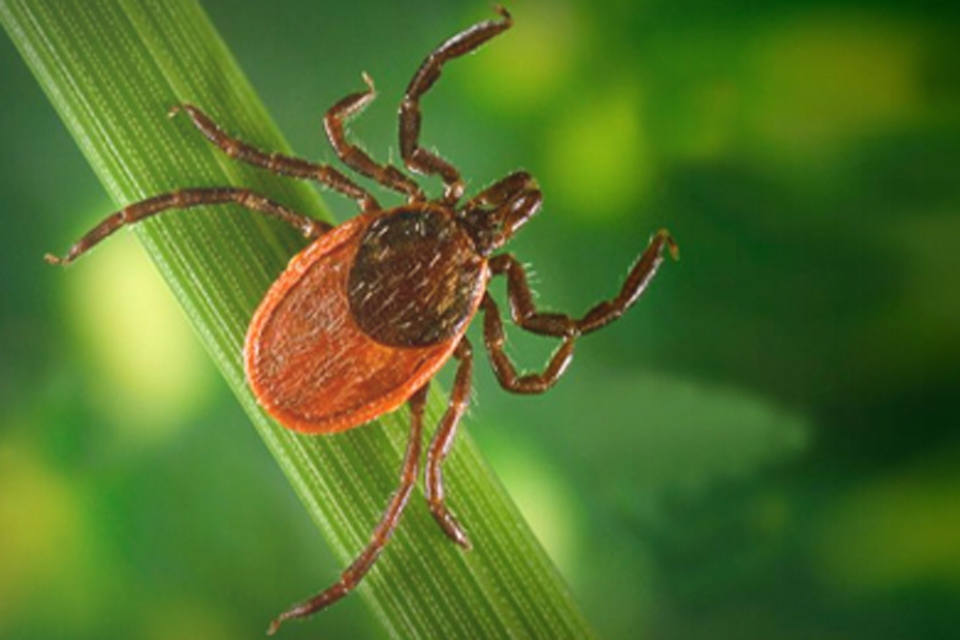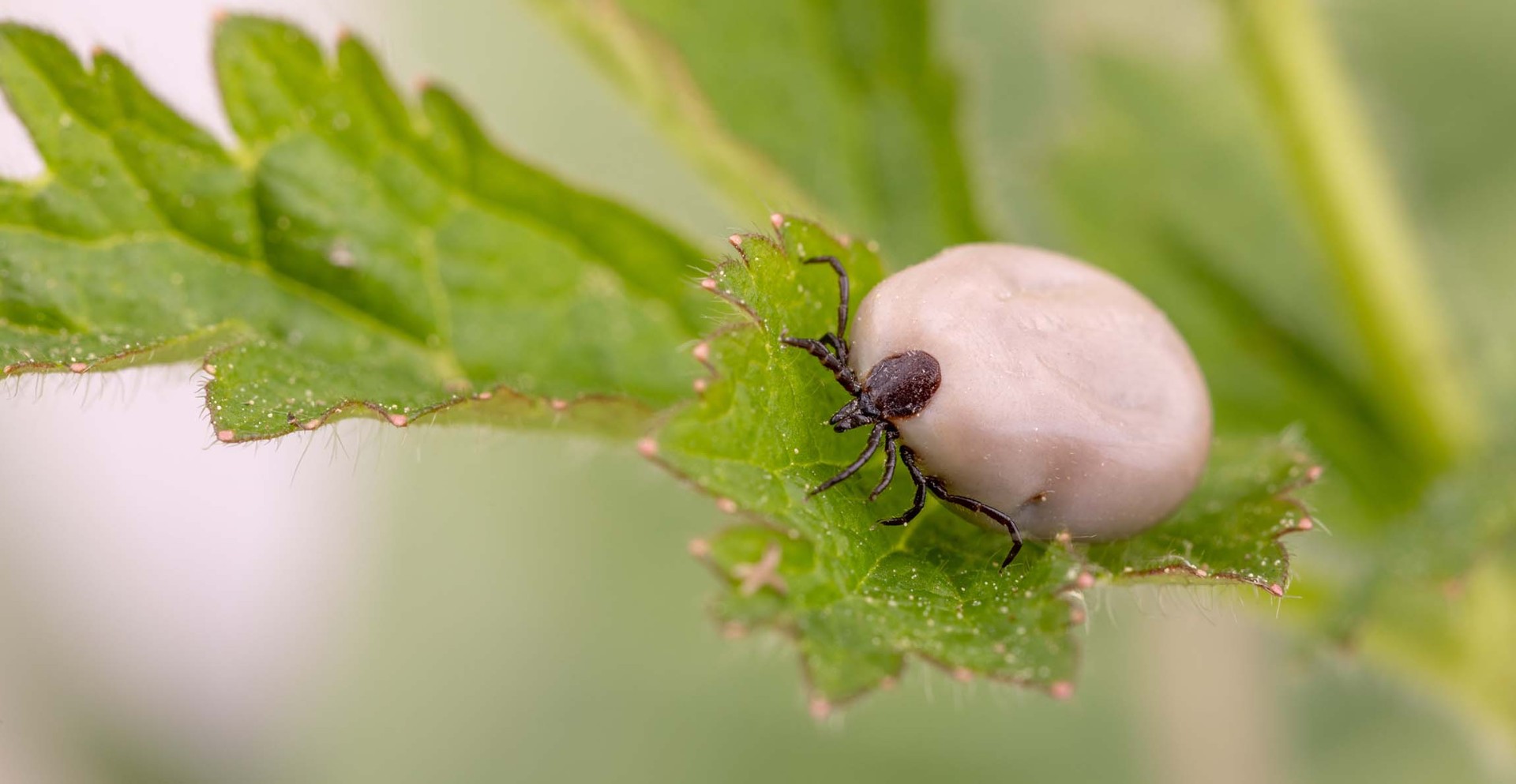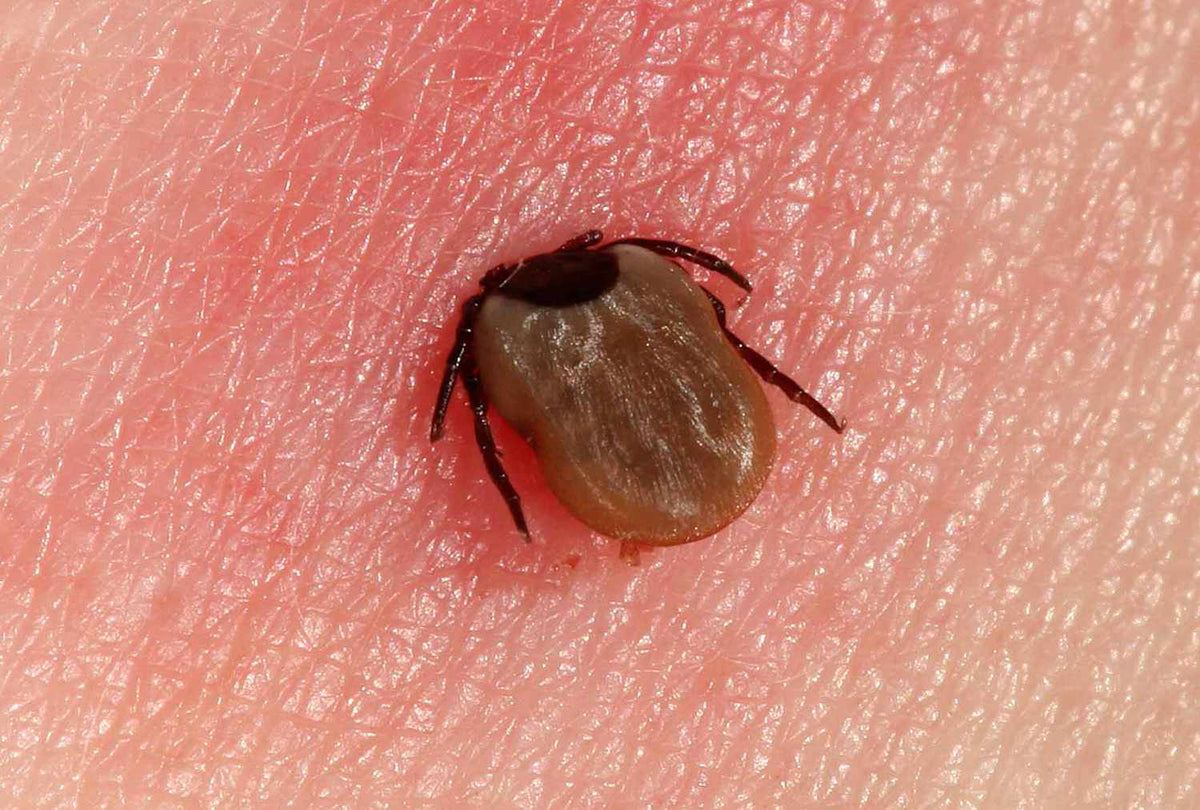
Having problems with Ticks?
Ticks are closely related to the mites, but much larger and reliant on vertebrate blood. They are occasionally brought into the house on cats & dogs and can be picked up by humans after walking through long grass in an infested area.
Ticks are implicated in the transmission of Lyme disease and you should seek medical advice if a rash appears at the site of a bite. Only remove them with a twist to avoid leaving the mouthparts in the skin.
Professional Tick Control Services in the UK
Ticks are small arachnids closely related to spiders and mites, and they survive by feeding on the blood of their hosts, which can include mammals, birds, reptiles, and even humans. Thriving in warm, humid environments such as grassy areas and dense foliage, ticks pose a serious concern due to the diseases they can transmit. At Shire Pest Solutions, we provide professional tick control services to help protect both people and pets from the risks associated with these parasites.
Understanding Ticks and Their Life Cycle
Ticks progress through four stages of development: egg, larva, nymph, and adult. Each stage requires a blood meal before moving to the next. They are usually small, round, and brown or black in colour, but can grow over one centimetre when engorged with blood. Recognising ticks can be difficult due to their size and ability to blend into their surroundings.
Where Are Ticks Found?
Ticks prefer dark, moist environments and are most commonly found in tall grass, shrubs, leaf litter, and woodland. However, they are not limited to forests — ticks can also infest gardens, lawns, and even urban parks. Activities such as hiking, cycling, or camping increase exposure risk, making vigilance essential both in rural and urban green spaces.
Do Ticks Carry Diseases?
Yes — ticks in England can carry infections including Lyme disease and, in very rare cases, tick-borne encephalitis (TBE). Ticks are active throughout the year but are most active from April to July, with activity sometimes extending into autumn. Even during winter, reduced activity continues, which is why it is important to remain “tick aware” year-round.
How to Avoid Tick-Borne Infections
- Stick to paths: Avoid brushing against vegetation when walking in grassy or wooded areas.
- Wear protective clothing: Cover exposed skin by wearing long sleeves and trousers.
- Use insect repellent: Apply repellents containing DEET to both skin and clothing.
- Check regularly: Inspect your clothes, skin, and pets frequently for ticks after being outdoors.
- Remove ticks promptly: Use fine-tipped tweezers or a tick removal tool to carefully detach ticks without crushing them.
What Is Lyme Disease?
Lyme disease is a bacterial infection spread through bites from infected ticks. While not all ticks carry the bacteria, it is important to take precautions outdoors to reduce the risk of infection. Lyme disease is often contracted during activities in green spaces where ticks are present.
What Are the Symptoms of Lyme Disease?
One of the most recognisable symptoms is the distinctive ‘bullseye’ rash that appears around the bite, typically within 3 to 30 days. However, not all infected individuals develop this rash. Other symptoms can include:
- Fever
- Headache
- Fatigue
- Facial droop
- Nerve pain or numbness
- Tingling sensations in hands or feet
If you develop these symptoms after a tick bite, seek medical advice promptly for diagnosis and treatment.
How to Control and Prevent Tick Infestations
- Keep pets up to date with veterinary-approved tick treatments
- Vacuum regularly, especially carpeted areas and pet resting spots
- Wash clothes and pet bedding in hot water to eliminate ticks and larvae
- Maintain gardens and lawns by trimming grass and clearing leaf litter
- Check pets and family members after time spent outdoors
Professional Help for Tick Problems
If ticks have already infested your property, professional treatment is essential. At Shire Pest Solutions, our experienced technicians use proven methods to eradicate ticks effectively and safely. Before treatment, it is important to prepare your space by clearing floor areas and vacuuming thoroughly to remove debris, eggs, and larvae. This ensures the treatment process works as effectively as possible.



Tick Control FAQ
More About Shire Pest Solutions
Shire Pest Solutions is a trusted and local pest control company proudly serving homes and businesses across Oxfordshire and beyond. We have built our reputation on professionalism, reliability, and fast response times, specialising in the safe and effective removal of pests including ants, wasps, rodents, bed bugs, and more.
Our expert technicians hold full qualifications and use the latest tools and treatments to resolve pest problems quickly and safely—without unnecessary disruption. Whether you face a minor domestic issue or a large-scale commercial infestation, we design our services to meet your needs with minimal fuss and maximum effectiveness.
Based locally, we regularly assist customers in Didcot, Wallingford, Abingdon, Wantage, Witney, Newbury, Thame, Thatcham, and Stokenchurch. Our knowledge of the local area enables us to provide rapid call-outs and treatments that are suited to the unique pest challenges of each location.
At Shire Pest Solutions, we don’t just eliminate pests—we stop them from returning. We offer transparent pricing with no hidden fees, and we dedicate ourselves to customer satisfaction, making us the go-to pest control provider for homeowners, landlords, and commercial clients alike.
Contact us today to arrange a call-out or find out more about our pest control services across Oxfordshire and surrounding areas.
